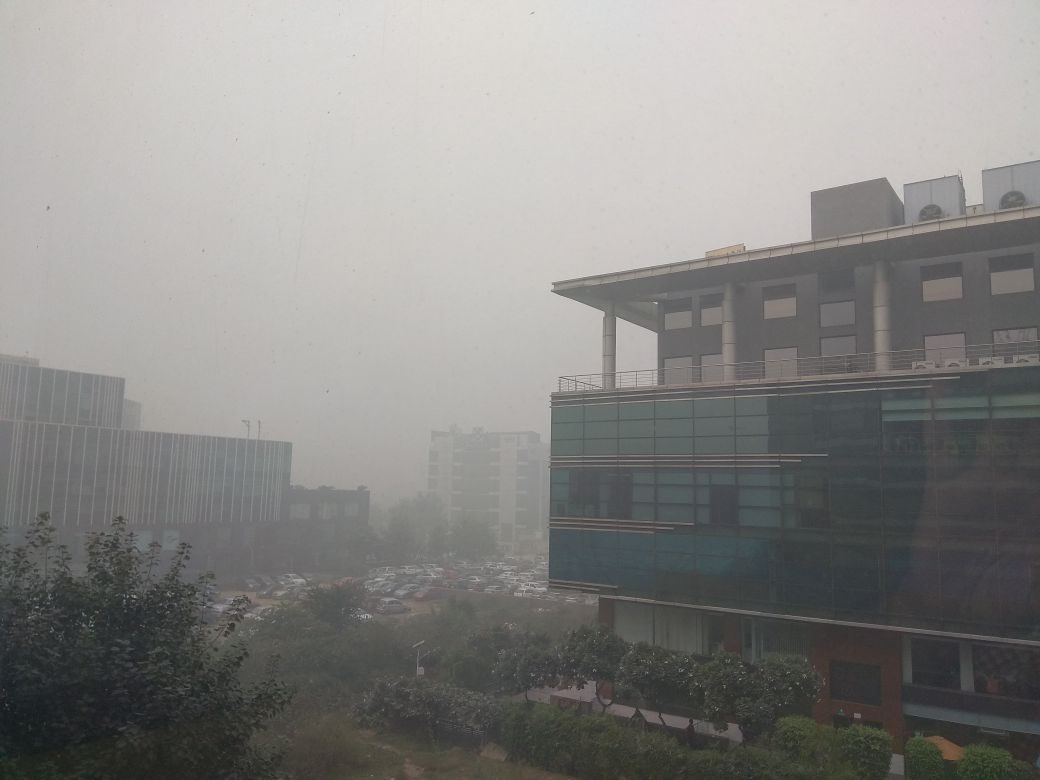
Statement on the SMOG crisis in New Delhi by Prof. Vivekanand Jha
Prof. Vivekanand Jha, Executive Director, The George Institute for Global Health in India comments on the SMOG crisis in New Delhi.
"With the onset of winter in Delhi each year, we see a rise in air pollution in the city. A combination of festivals, post-harvest crop burning, firing of brick kilns and reduced wind speed increases the level of particulate matter in the air, thereby causing the smog that we see.
Air pollution has become one of the major public health problems in India, especially in the northern regions of the country and requires sustainable public health solutions. Pollution is now the largest risk factor for death. In fact, pollution kills more people than HIV-AIDS, TB and malaria put together. In economic terms, the global cost of pollution in terms of hours not worked, premature deaths, health spending and eroded quality of life has been estimated at Rs 26760 crores a year.
Air pollution affects all stages of life, starting from pre-conception to old age and reduces the number of years lived in full health by aggravating asthma attacks, eye and skin disorders, and increasing the risk of development of high blood pressure, obesity, Parkinson’s and Alzheimer’s diseases, psychiatric disorders and frailty.
The recent Global Burden of Disease study estimates shows that about 25 lakh deaths in India in 2015 were causally linked to pollution, constituting 28% of all pollution-related deaths around the world. Of these, about 18 lakh deaths were linked to air pollution. India has half of the top 20 polluted cities in the world, including Delhi.
As Delhi is waking up every day under a blanket of toxic air, solutions must be adopted to yield long-term benefits which require structural changes and a multi-pronged approach. We need better urban planning starting with proper land-use assessment, reducing major transport activity close to communities, relocating traffic sources (roads, airports) from crowded areas, avoiding the mixing of industrial and residential areas, making better roads, reducing uncovered areas in cities by planting more grass and plants, improving transport technologies, and increasing awareness of the societal burden imposed by air pollution.
A few simple steps could reduce the current ‘Public Health Emergency’ situation in Delhi:
- Stop/severely limit all construction activity that raises dust
- Shut industries that cause emission
- Heavy watering of the dust-paths alongside roads
- Heavy fine on use of polluting vehicles like trucks at all times of day and night
- Cut down private and government vehicle use
- Increase parking charges
- Close schools
- Stop crop burning"


